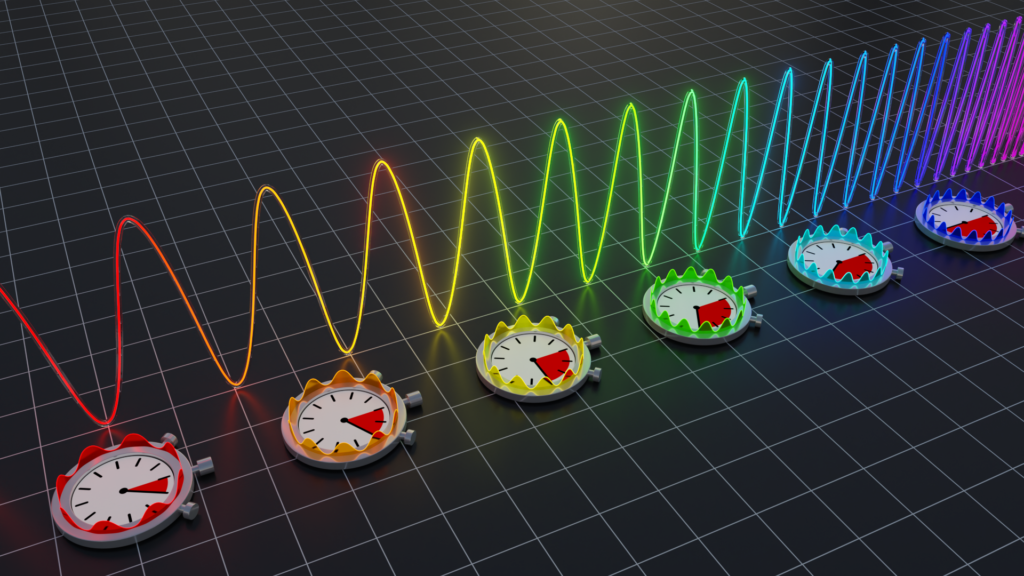In a recent publication, Dr. Shuangyou Zhang, Toby Bi, and Dr. Pascal Del’Haye from the Max Planck Institute for the Science of Light have developed an innovative broadband spectroscopy method with Hz-level precision using a tunable laser. This novel approach allows real-time calibration of laser frequency, enabling highly precise tracking of light’s color. By utilizing a fiber cavity and dual RF modulation technique, the system acts as an optical frequency ruler, providing ultra-precise measurements of spectral features.
The method achieved exceptional results, measuring deviations in a fiber loop cavity’s free spectral range with sub-10-Hz precision across an 11-THz range — an order of magnitude improvement over existing techniques. It also offers higher optical power, better spectral stability, and greater simplicity and robustness compared to traditional frequency comb-based methods. Additionally, it has been used to precisely characterize integrated photonic devices and molecular spectra.
This straightforward and robust technique is ideal for a wide range of applications, including LIDAR, trace gas sensing, 3D imaging, and astrophysical spectrometry, making it a versatile tool for both laboratory and real-world use.
For more information, see the publication in Advanced Photonics:
On-the-fly precision spectroscopy with a dual-modulated tunable diode laser and Hz-level referencing to a cavity
Shuangyou Zhang, Toby Bi, and Pascal Del’Haye
Advanced Photonics, Vol. 6, Issue 4, 046003 (August 2024)


In a recent publication, Dr. Shuangyou Zhang, Toby Bi, and Dr. Pascal Del’Haye from the Max Planck Institute for the Science of Light have developed an innovative broadband spectroscopy method with Hz-level precision using a tunable laser. This novel approach allows real-time calibration of laser frequency, enabling highly precise tracking of light’s color. By utilizing a fiber cavity and dual RF modulation technique, the system acts as an optical frequency ruler, providing ultra-precise measurements of spectral features.
The method achieved exceptional results, measuring deviations in a fiber loop cavity’s free spectral range with sub-10-Hz precision across an 11-THz range — an order of magnitude improvement over existing techniques. It also offers higher optical power, better spectral stability, and greater simplicity and robustness compared to traditional frequency comb-based methods. Additionally, it has been used to precisely characterize integrated photonic devices and molecular spectra.
This straightforward and robust technique is ideal for a wide range of applications, including LIDAR, trace gas sensing, 3D imaging, and astrophysical spectrometry, making it a versatile tool for both laboratory and real-world use.
For more information, see the publication in Advanced Photonics:
On-the-fly precision spectroscopy with a dual-modulated tunable diode laser and Hz-level referencing to a cavity
Shuangyou Zhang, Toby Bi, and Pascal Del’Haye
Advanced Photonics, Vol. 6, Issue 4, 046003 (August 2024)